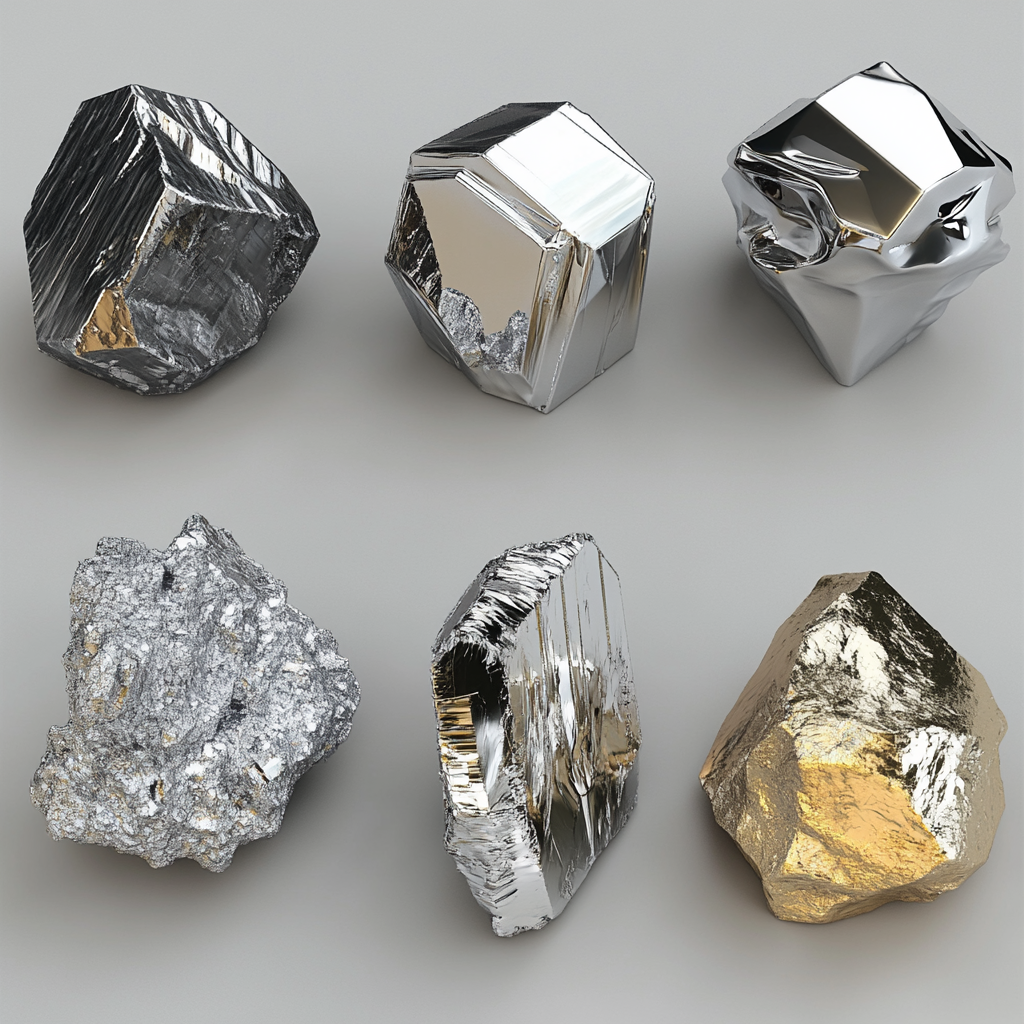The “green energy” revolution is one of the biggest fantasies of today.
For example, they tell us that fossil fuels are going away, that the gasoline powered internal combustion engine is a thing of the past, and that everyone wants to drive an electric vehicle (EV).
Clearly, that’s why over 90% of consumers still choose gas powered vehicles…
So the government instead has to step in to mandate electric vehicle use, attempting to force manufactures to sell 50% electric vehicles by 2030.
They conveniently ignore the fact that the American electric grid cannot handle that kind of power demand.
And if the $1 billion per EV charging station Secretary of Transportation Pete Buttigieg is spending from the trillion-dollar infrastructure bill is any indication, we’re not going to get there in six years.
Meanwhile, auto manufacturers are actually scaling back EV production as demand slows and infrastructure gaps remain vast.
Governments and activists may wish it were otherwise, but fossil fuels are not going away for decades. Yet, the belief that they are has led to massive misallocations of capital into renewables.
We’ve talked about this in regards to oil, natural gas, and the uranium required for nuclear power. All of these energy assets have been ignored by investors, or demonized by activists and governments, despite remaining absolutely critical.
And the same thing is true of the metals necessary to build traditional internal combustion engines.
Mining companies are obsessed with finding more metals like nickel and cobalt for the “green energy” revolution. Meanwhile, the specific niche metals required for gas vehicles have been neglected.
I’m talking about platinum group metals (PGMs). These include six metals—platinum, palladium, rhodium, iridium, ruthenium, and osmium—renowned for their high melting points and corrosion resistance.
Over 80% of palladium and 90% of rhodium is used in gas vehicle emissions control systems to convert toxic gases into less harmful substances.
And it seems investors have believed the lies of the climate fanatics, assuming that demand for these metals will drop precipitously as everyone flocks to electric vehicles.
This ignores, first, the actual reality that people still prefer gas vehicles.
Second, the fact that hybrid-electric vehicles are actually the most popular alternative to gas-only vehicles.
And while the EPA-regulation wants everyone to drive electric vehicles, hybrids also satisfy its 50% mandate.
Already, hybrid vehicles account for about 25% of vehicle sales in the US. And they actually use more PGMs per vehicle than traditional combustion engine cars.
But the supply of PGMs is shrinking.
South Africa, the dominant producer of platinum and rhodium, has struggled with power shortages, labor strikes, and declining investment in its mining sector. Russia, another major player, faces sanctions and geopolitical uncertainty that disrupt its palladium production.
With these two countries controlling the vast majority of global supply, the market is heading for significant deficits in the coming years. The numbers are already telling: in 2023 and 2024, the platinum, palladium, and rhodium markets all ran deficits, as in, more was consumed than produced.
Despite this looming shortage, prices for PGMs have plummeted.
Palladium is down 66% from its 2022 highs, and rhodium has crashed by 80% since 2021. This collapse in prices has put major PGM producers on the back foot, forcing them to cut jobs, and even shut down some operations.
Investors, spooked by the drop, are shorting palladium at record levels, convinced that the future belongs to EVs. But they’re missing the bigger picture.
False narratives like these are one reason why many real assets are historically cheap right now.
Real assets are physical, tangible goods like certain commodities and natural resources which have intrinsic value tied to real world uses. This includes energy assets like oil and uranium, productive technology, and fertile farmland.
It also includes critical minerals and metals, like the ones we have been discussing.
Unlike financial assets and paper money, they cannot be conjured out of thin air by central banks and government. Which is why they protect wealth against inflation.
And the type of conditions present in the PGM market is a classic example of finding a historically undervalued real asset.
A crucial, critical resource with limited supply? Check.
A burgeoning shortage, with no movement in the markets to remedy it? Check.
A historically low price for the critical resource? Check.
That’s why this summer we wrote to subscribers of our investment research service, The 4th Pillar, about a company which mines PGMs.
But rather than traditional mining, it extracts these metals from tailings— the waste left over from other mining operations.
And that means it actually gets its source material delivered to it for free…
This company has a deal with a chrome miner for the exclusive right to process the chrome mine tailings. It gives back the recovered chrome, and keeps all the extracted PGMs for itself.
It’s a symbiotic relationship with no money exchanged, no profit share, and no royalty owed.
This low-cost, efficient business model has allowed the company to stay profitable even as PGM prices have cratered.
With a rock-solid balance sheet and minimal debt, it is perfectly positioned to weather the current downturn and capitalize when the market inevitably turns.
But again, this isn’t just the story of PGMs and vehicle markets.
Everywhere you look, real assets are historically cheap.
Often these same conditions exist— the market for a critical resource has been ignored by investors, or demonized by activists, cutting into supply, while demand stays steady, or even grows.
While frustrating, these lies create enormous opportunity. The best way to capitalize is by investing in critical real asset companies at historic lows. As inflation rises and markets correct, those who invest now stand to benefit immensely.








